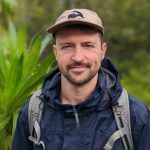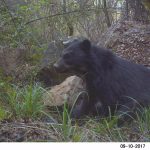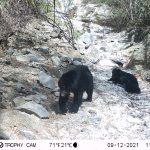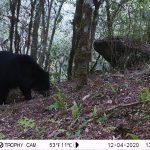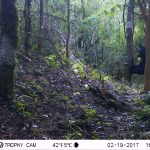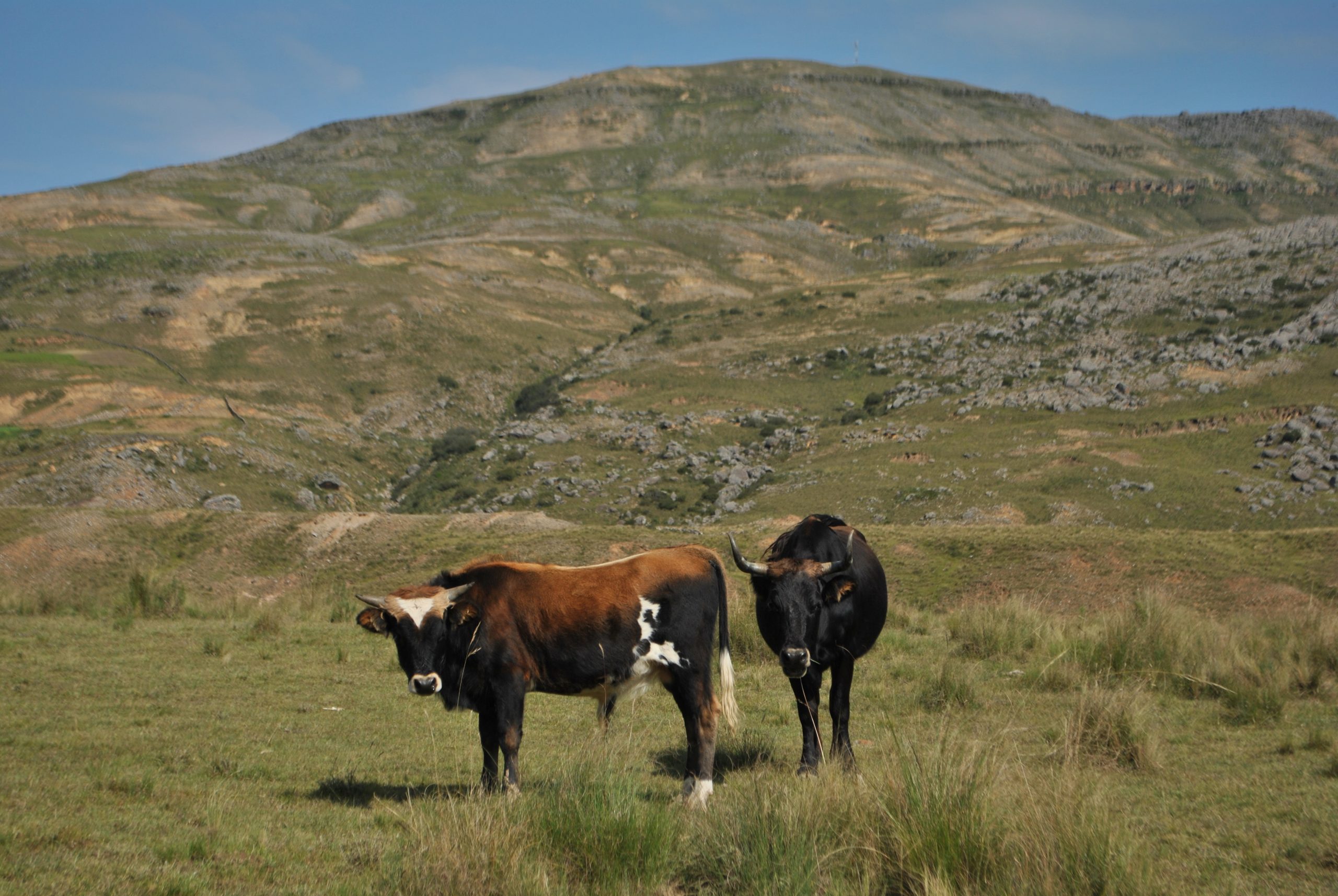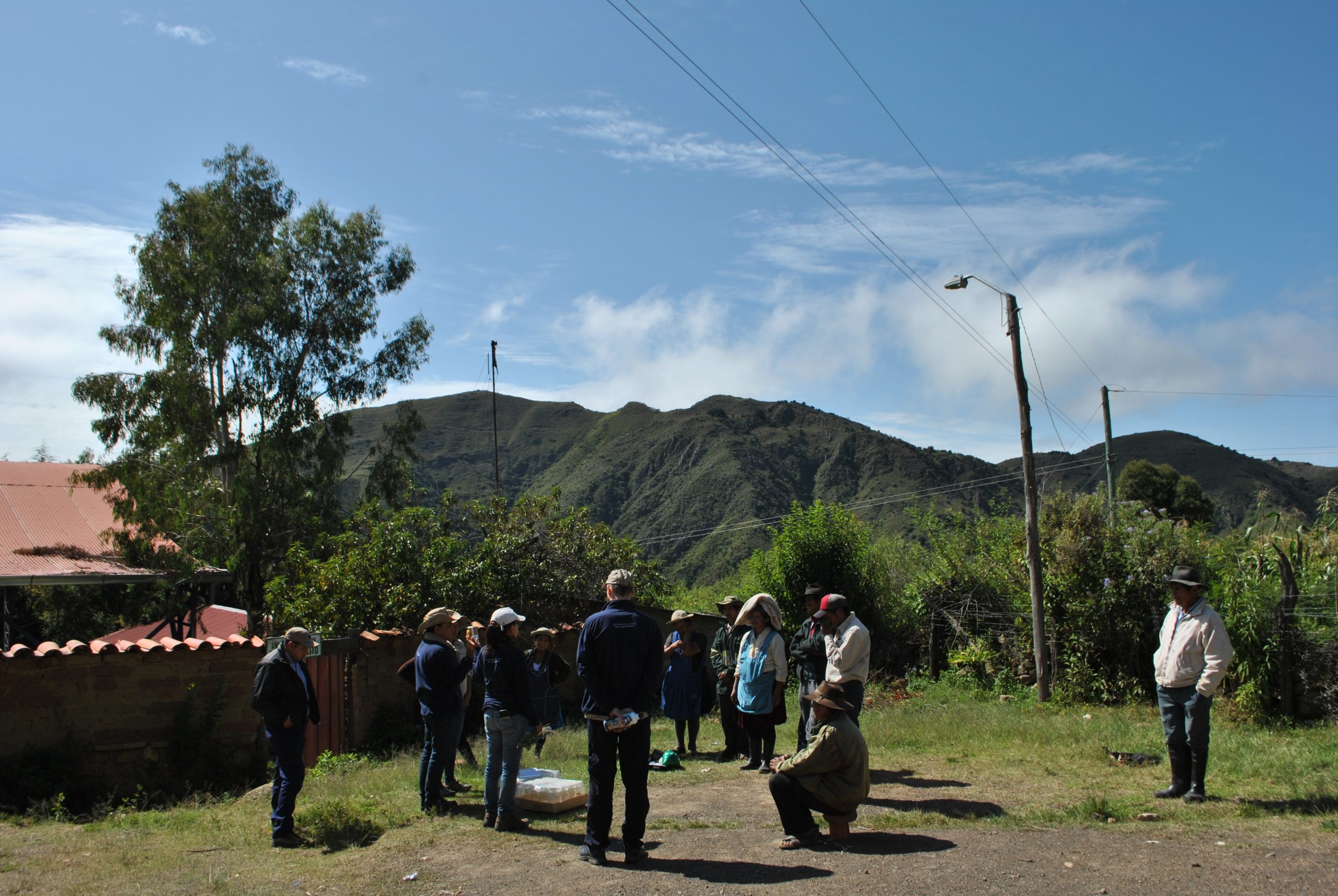Partners and collaborators
A Bolivian Conservation Landscape
The sheer cliffs, mountaintops and crevices of Tarija’s inter-Andean valleys, 2,000-3,000m above sea level, are home to the very last inter-Andean dry forests. This is an ecosystem that contains a unique mix of increasingly rare Bolivian wildlife, isolated rural communities, and the region’s most famous animal: the Andean bear.
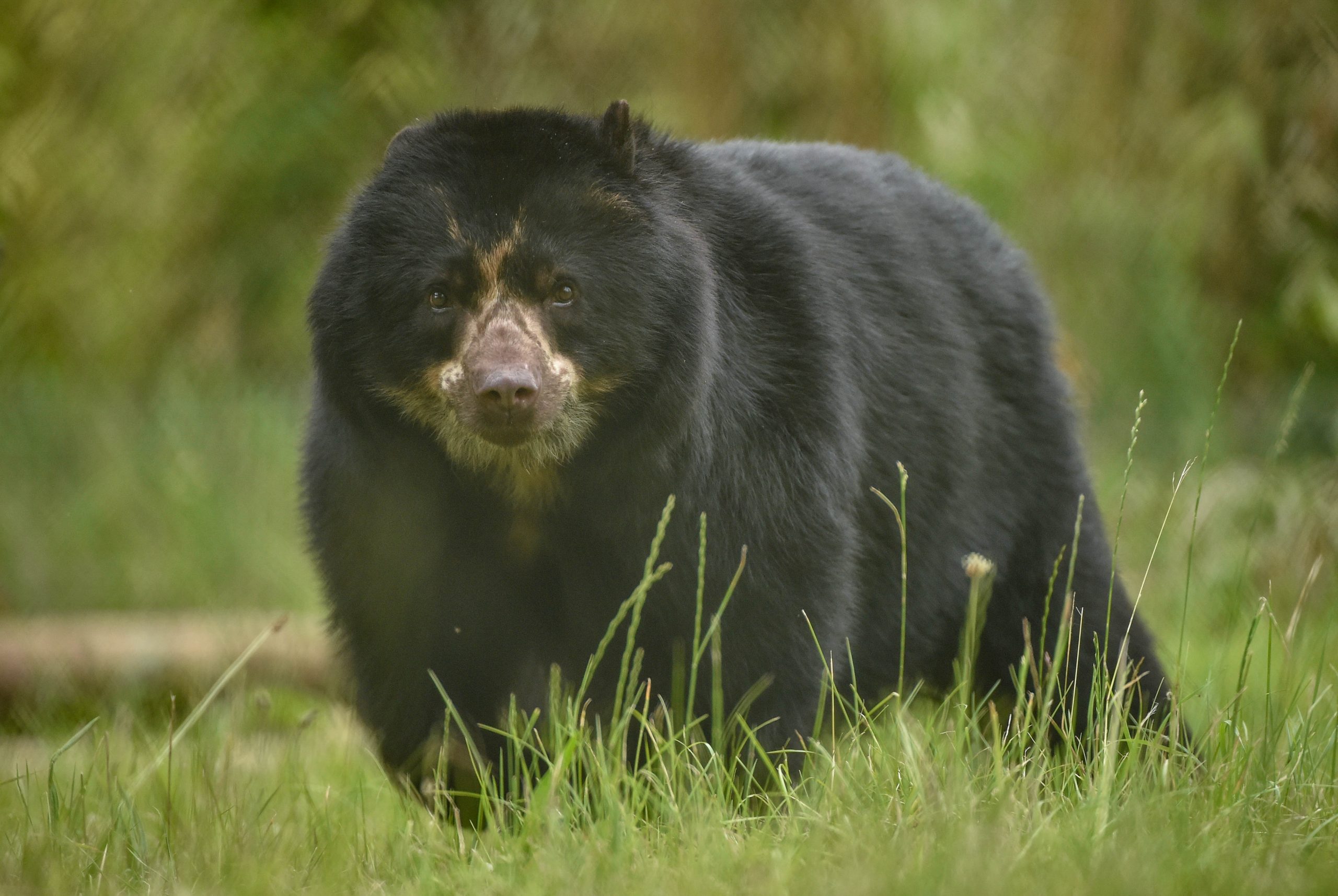
The Andean Bear Project
Back in 2016, we first embarked on a journey with renowned bear biologist, Dr Ximena Velez-Liendo, to find out if any Andean bears still remained among the forests of the Tarija’s valleys. We knew little then, beyond anecdotes from the region’s communities that bears were present. So it is extraordinary now to look upon the 46 individual bears that Ximena and her team have identified and tracked across the last six years.
Camera trapping has provided novel insights into the bears’ lives – everything from their range and movement patterns, through to individual behaviours and relationships between breeding pairs, or mothers and cubs.
This population’s location, at the southern extreme of the species’ range, places these bears at the frontline of Andean bear conservation. Their survival depends on their habitat, so it’s essential to protect the dry forest ecosystem: The Great Bear Landscape.
A Human Conservation Story
This extraordinary landscape (pictured above) may look idyllic, but the people living here face extreme poverty, without running water, electricity, or a stable means of income. Access to the outside world can be cut off for weeks, or even months, during the rainy season.
Children in the most remote households have to walk long distances to reach the community school every day, and those who want to progress beyond primary education have to stay with friends or family in larger towns, as secondary schooling is not available in the communities themselves.
One key aspect of human life in Tarija lies at the very core of this conservation mission: livestock. Sheep and goats are raised for subsistence, while herds of cattle are considered a financial investment to be sold at market when ready. Conditions in this landscape are tough, however. While in the rich pastures of the tropical lowlands, a cow may mature in three years, in the uplands in can take as much as five to ten years to reach market weight, producing beef that ultimately is considered less valuable due to its age and poor quality.
Farmers respond to this in the only way they currently can, by taking on more cows and spreading thin their limited resources: time, feed and veterinary supplies. A simple reduction of herd size would leave far more resources per head, enabling cows to reach market weight at a younger age, and thus command a better price. A “less is more” approach is better suited to the economics of cattle production in the inter-Andean dry forest.
The environmental impacts of extensive cattle grazing are huge: soil compaction, erosion and suppression of forest regeneration. The current approach to cattle rearing doesn’t make much financial sense, and is also a major cause of habitat loss in the remaining dry forest.
Ximena’s team calculate that reducing livestock numbers by just 15% would meet the local carrying capacity, start to alleviate pressure on the environment, and see better returns for cattle owners.
Working with communities
Turning ideas into action requires complete buy-in from the communities we work with. To this end, Ximena’s team have spent years gaining their trust through the implementation of an alternative livelihood project to alleviate poverty, reduce the need for cattle as a financial safety net, and improve the reputation of the Andean bear, which is sometimes scapegoated for many of the challenges that come with living in an extreme environment.
A beekeeping initiative has achieved great success in boosting household incomes and positioning the Andean bear at the centre of the story through the honey’s logo and name – Valle de Osos (“Valley of the Bears”). More than two tonnes of honey has been produced so far!
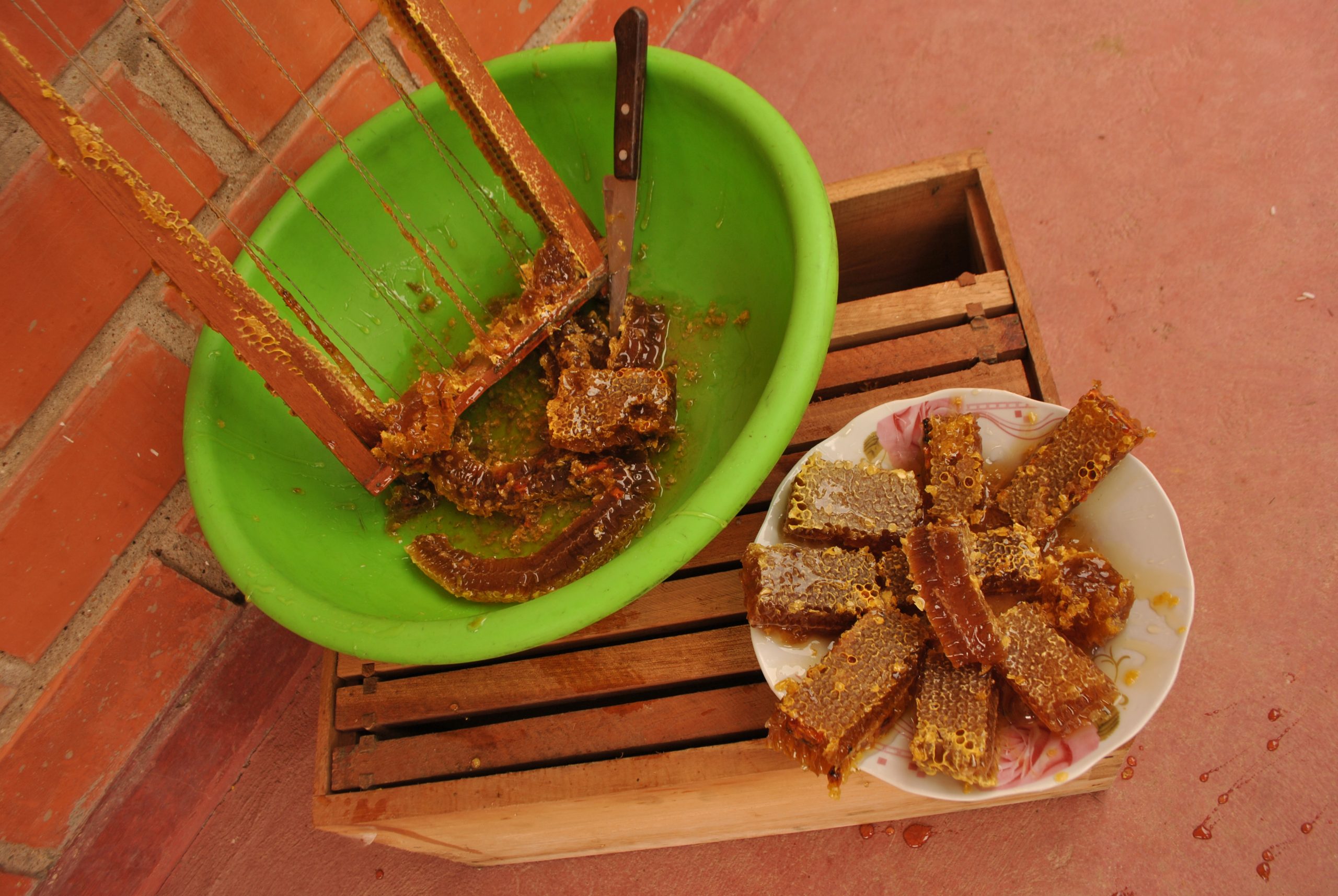
Reducing cattle numbers is undertaken in tandem with practical support to improve cattle management and welfare through the provision of veterinary support. Too often cattle are malnourished, infected with parasites or suffering from injuries sustained from life in a vertical environment. By improving communities’ access to veterinary care, we can help them improve the quality and value of their cattle.
The ultimate goal
The Great Bear Landscape’s ambition is to establish a Productive Protected Landscape (PPL) of 100,000 hectares, working with community members to define areas that will be dedicated for nature-positive crop production, areas where dry forest habitat is left intact, and sites for reforestation and ecosystem recovery activities. We can only achieve this by listening closely to the needs of the people and helping them as we help wildlife.

